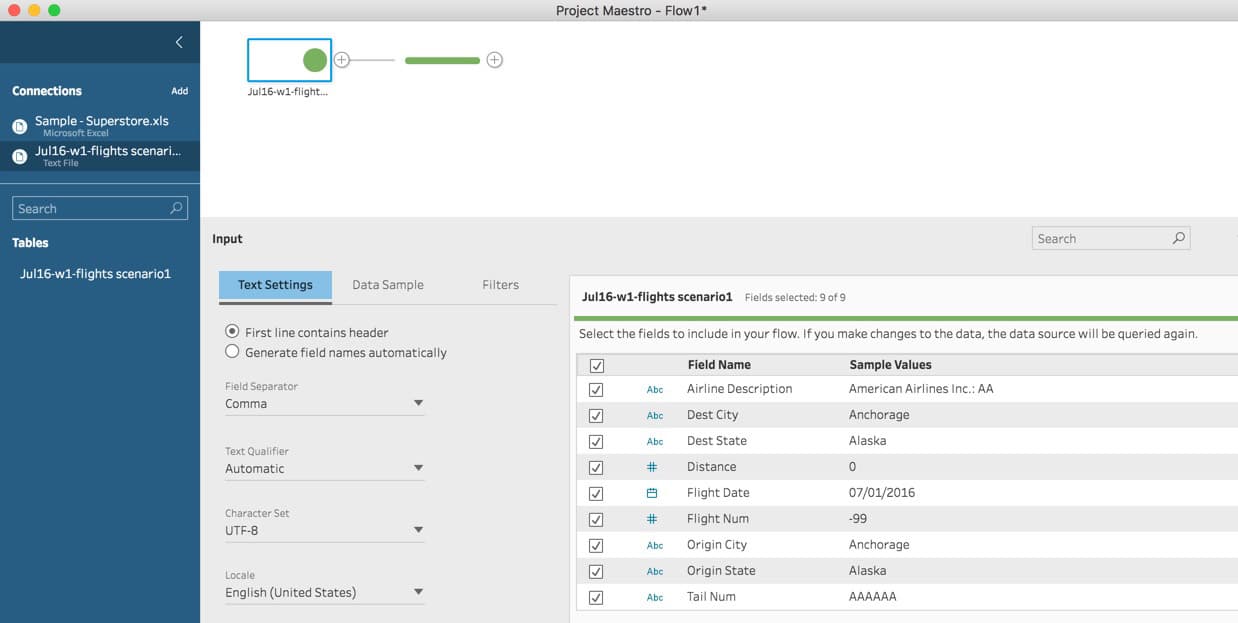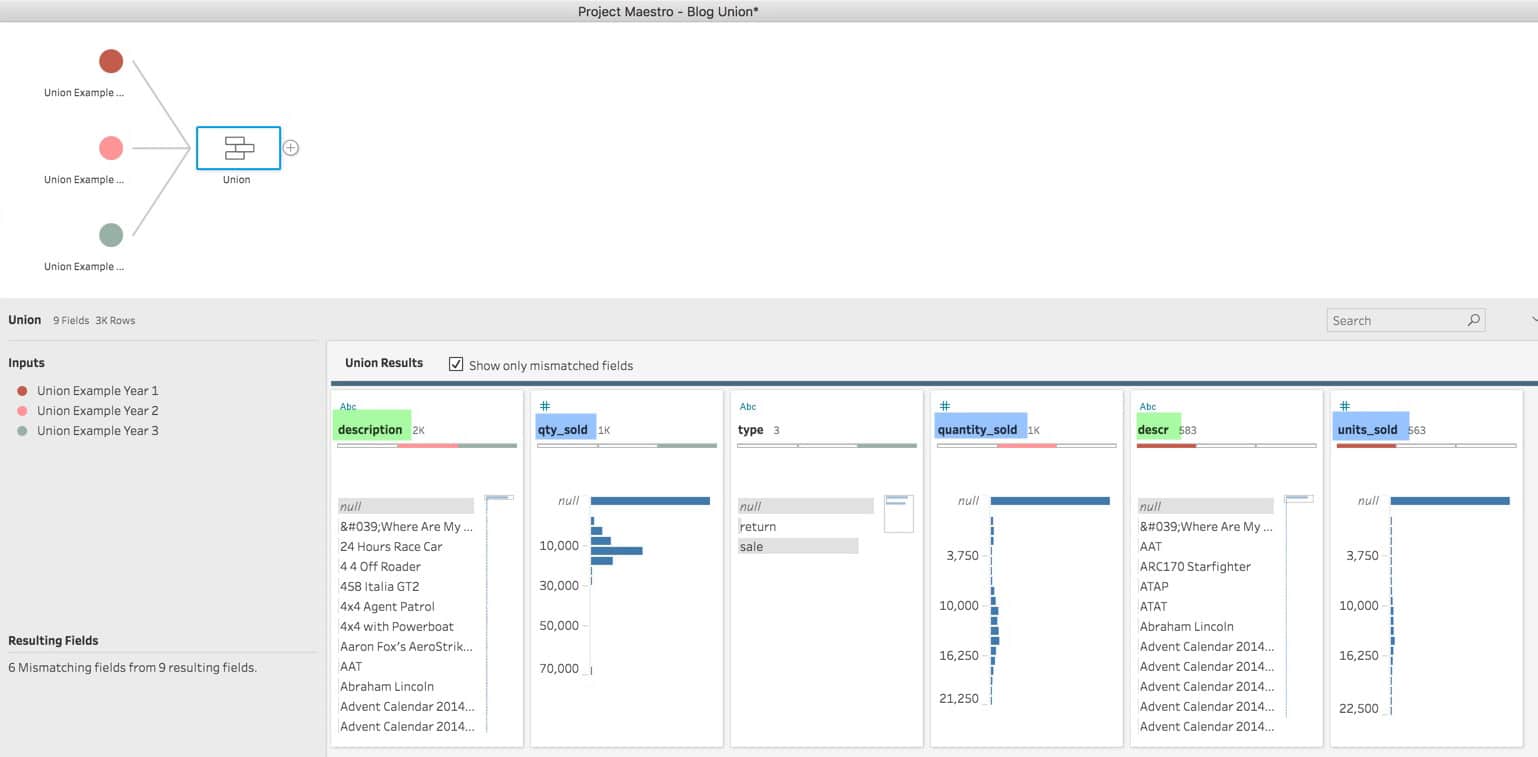

Feel free to skip to the next section if you are familiar with this approach. We will solve this challenge below using Fixed LODs. Let’s look at how I used this technique to solve Preppin’ Data’s 2020 Week 1 challenge. In previous versions in Tableau Prep Builder, it was possible to replicate the functionality of the Fixed LOD by using the Aggregate and Join steps. Replicating Fixed LODs in previous versions of Tableau Prep Builder I recommend reading this Tableau whitepaper on understanding Level of Detail expressions to get a better idea of how these calculations work, and learn about some use cases. This LOD type allows you to aggregate your data independently of the dimensions used in the view. However, Tableau Prep Builder only has the FIXED type at the moment. There are three types of LOD expressions available in Tableau Desktop: FIXED, EXCLUDE, and INCLUDE. For example, if your current dataset shows sales on a daily level, you can aggregate it by month or customer using Fixed LOD expressions. LOD expressions allow you to aggregate the data at different levels or by different dimensions in the dataset, and use it in further calculations. Level of Detail (LOD) expressions became available in Tableau Desktop 9.0 back in 2015.
Tableau prep etl how to#
In this blog post I will discuss how to create and edit Fixed LOD calculations in Tableau Prep Builder as well as current limitations of this feature. Doing such calculations before bringing the data into Tableau Desktop will improve a dashboard’s performance, especially when working with large datasets.

That means that you can use them to change the granularity of fields in your data, or create new fields using the existing data in your dataset. Tableau Prep Builder 2020.1 was recently released, and it now supports Fixed Level of Detail (Fixed LOD) calculations, similar to Tableau Desktop.


 0 kommentar(er)
0 kommentar(er)
